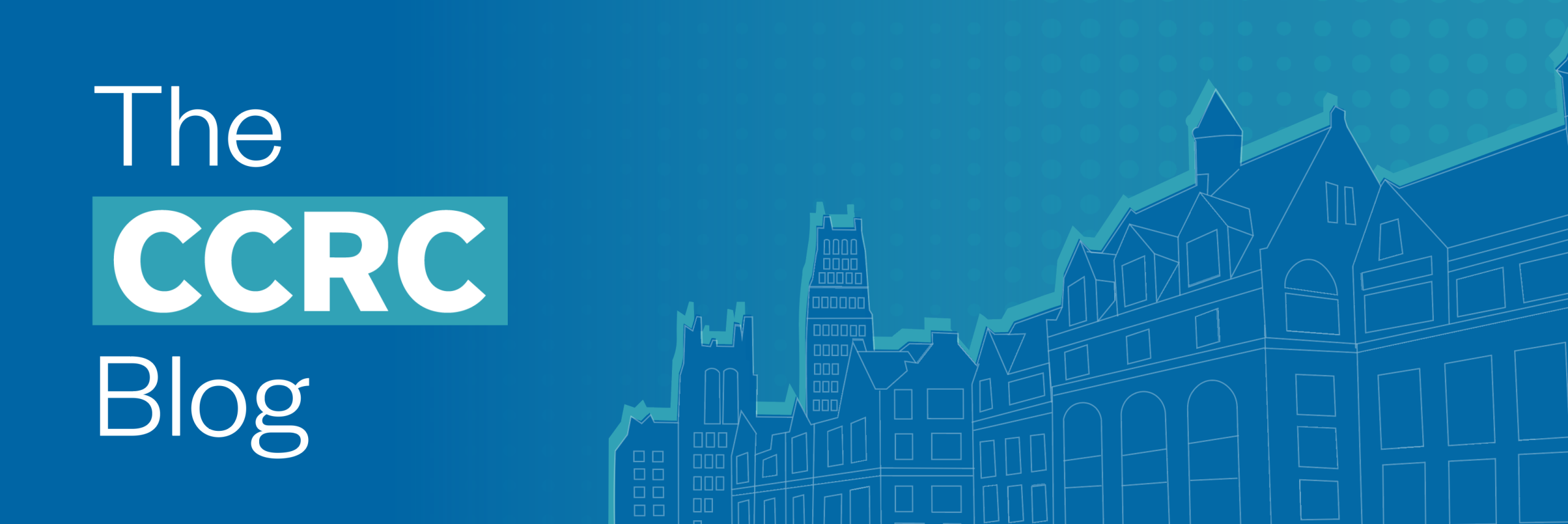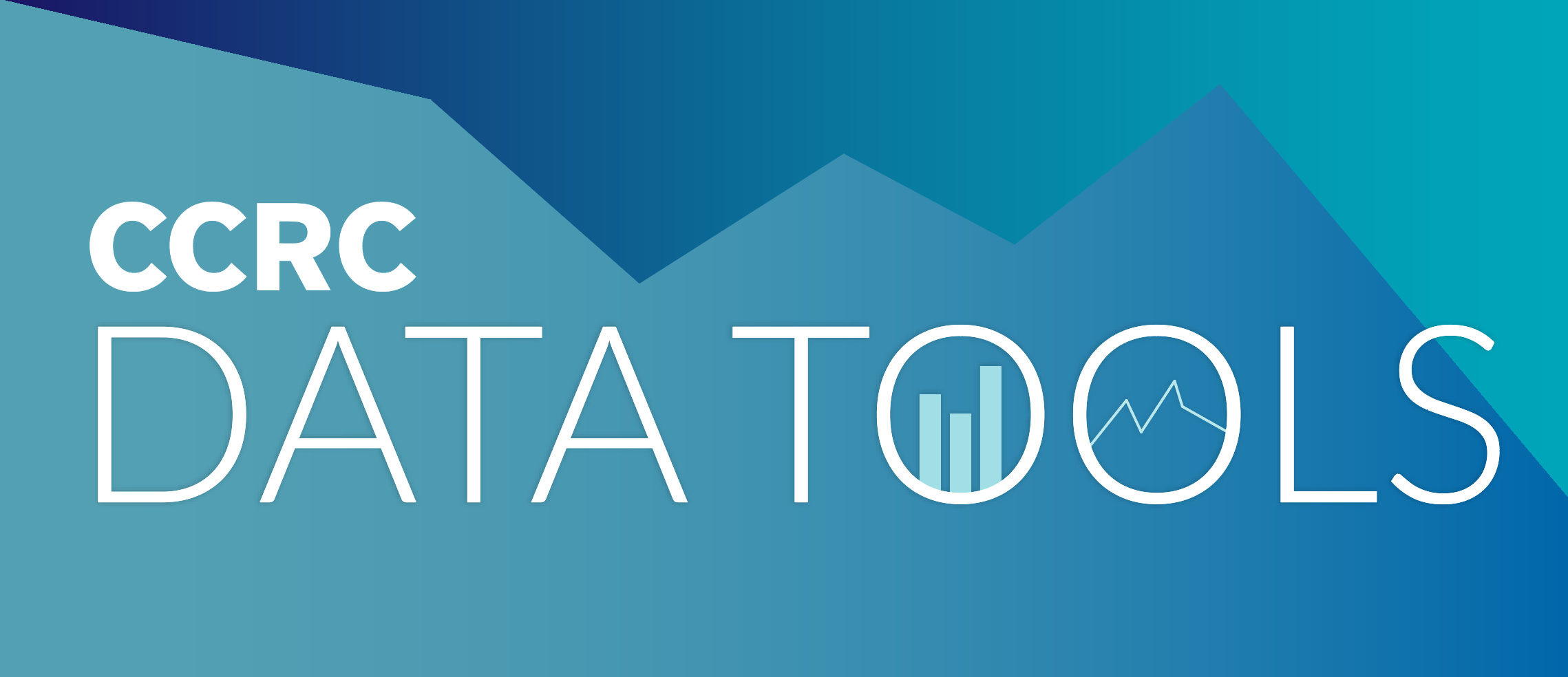By John Fink and Sarah Griffin
High school dual enrollment programs continue to grow nationwide, but too many students still experience these as “programs of privilege” or “random acts” instead of an accessible on-ramp to greater college and career opportunity after high school. Our team developed the DEEP framework to outline a set of research-based dual enrollment practices observed at college–K-12 partnerships that have been more effective in broadening the benefits of dual enrollment. We’re encouraged by the momentum building among college leaders and their K-12 partners to strengthen dual enrollment programs by not only expanding access to high-quality coursework but also increasing advising and alignment to college and career pathways after high school.
In this post, we present the dual enrollment pathways scale of adoption assessment (SOAA), a self-assessment tool for colleges and college–K-12 partnerships to compare their current dual enrollment (DE) practices against the DEEP framework. The SOAA helps determine whether or not DEEP practices are in place as well as the scale at which they operate (i.e., what percent of students experience the practice). Drawing inspiration from the guided pathways SOAA, the dual enrollment pathways SOAA is designed both as a tool to inform college planning and implementation of reforms and as a formative assessment for evaluating and continuously improving practices.
The items on the dual enrollment pathways SOAA were developed to capture a range of specific DE practices we have observed through our fieldwork at college and K-12 partnerships that have achieved strong results—overall and specifically for Black, Latino, and low-income students—in broadening access to DE, supporting student success in DE coursework, and promoting enrollment in college after high school. We have piloted and revised the SOAA based on feedback from 13 colleges across eight states, and we have used the SOAA with more than 50 colleges as part of our dual enrollment research and workshops.
To assess all of your college’s K-12 partnerships in one document, download the dual enrollment pathways SOAA as a fillable PDF or as a Word document that allows customization.
To assess DE practices for a specific K-12 partnership, download the partnership version of the SOAA.
The tool can be used by colleges, states, and intermediary organizations to support planning around strengthening DE as a purposeful pathway to college and career opportunity. As we observed in our guided pathways research, self-assessment tools can help teams develop a shared understanding of areas of strength and areas needing improvement.
Overview of the Dual Enrollment Pathways SOAA
The SOAA focuses on college practices, so it is designed to be completed by college staff and administrators involved in providing DE courses. The self-assessment includes 30 questions and is split into five sections, each with multiple subcomponents. The first section collects basic information about the DE program, since program design and implementation can vary substantially across state and local contexts. The next four sections follow the DEEP framework and feature questions assessing the scale of adoption of practices aligned to its four practice areas:
- reaching out to underserved students and families to encourage and support them to participate in DE;
- aligning DE course offerings to bachelor’s and career-technical associate degree programs in high-opportunity fields;
- supporting every student with career and academic exploration, college advising, and program planning; and
- delivering high-quality instruction, including embedded academic support, that builds students’ confidence as college learners.
Dual Enrollment Pathways SOAA Sections

Using the Dual Enrollment Pathways SOAA for Program Improvement
We recommend that the SOAA be completed by staff who are knowledgeable about their college’s DE population, high school DE partnerships, and DE programming (including services and supports for DE students). We estimate that the self-assessment will take approximately 45 minutes to complete.
We have included both a fillable PDF for immediate use and a working version as a Word document for further customization or adaptation.
The SOAA defines dual enrollment broadly given that many colleges offer more than one model of DE (e.g., concurrent enrollment, dual credit, early college high schools, etc.). When completing the SOAA, make sure you take all of your college’s DE models into account. Once completed, we recommend that you use the results to reflect on what your college is doing well and how your dual enrollment practice can be improved. Here are some questions to guide discussion with internal and K-12 stakeholders:
- For each of the DEEP practice areas (outreach, alignment, advising, and instruction and support), what practices are at scale and working well for your college or across its DE partnerships?
- For practices that are not yet at scale, what steps do you need to take to bring these practices to scale, and what additional college resources (funding, staff, technology, etc.) are needed? Where are the biggest opportunities to improve practices in these areas? What challenges do you need to overcome to improve practices at scale?
- With which high school or district partners have you had more success scaling these practices? Which partners have you not had as much success with and what’s the potential for scaling DE practices at those partnerships, particularly among schools serving larger shares of low-income students (i.e., Title I schools)?
Let us know if you have further questions or suggestions for the SOAA. We would also love to hear how this is useful in supporting efforts to strengthen dual enrollment as an on-ramp to college and career opportunity. You can reach us at ccrc@columbia.edu.





